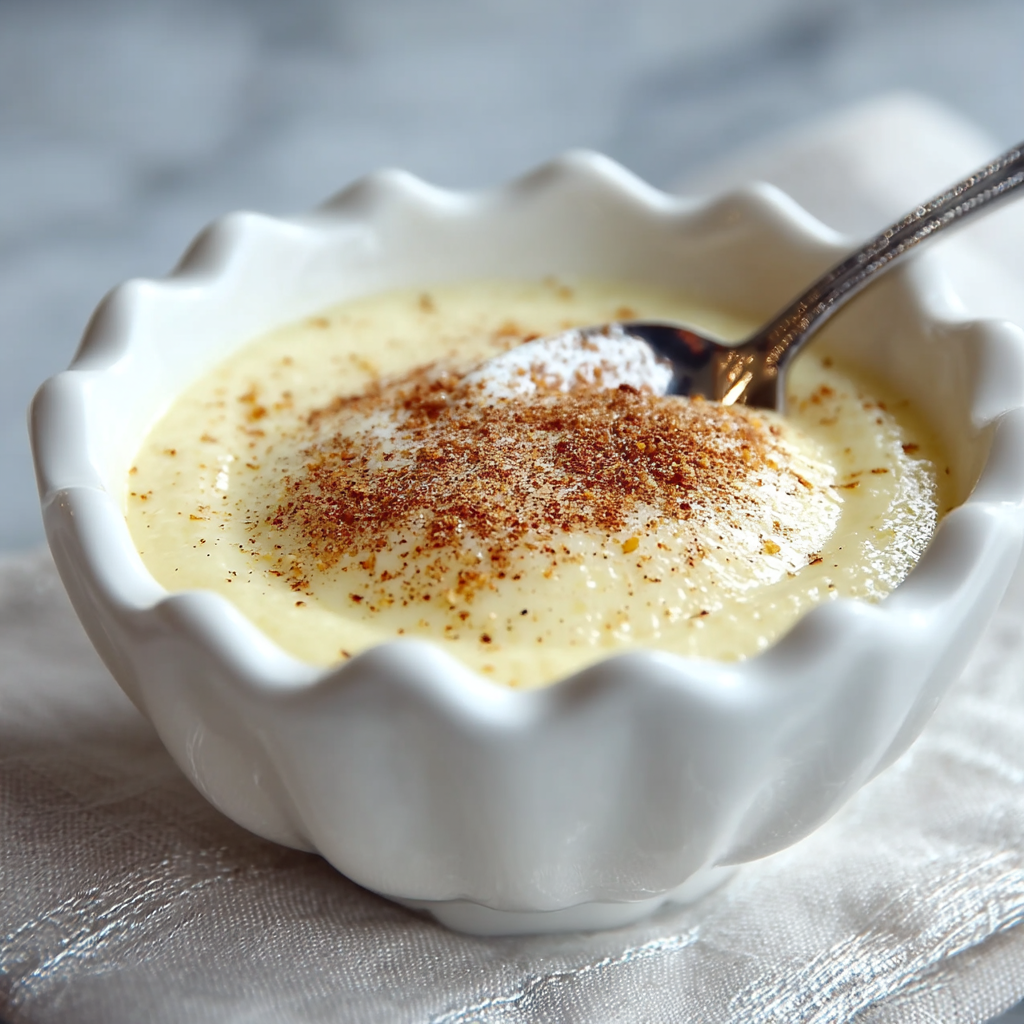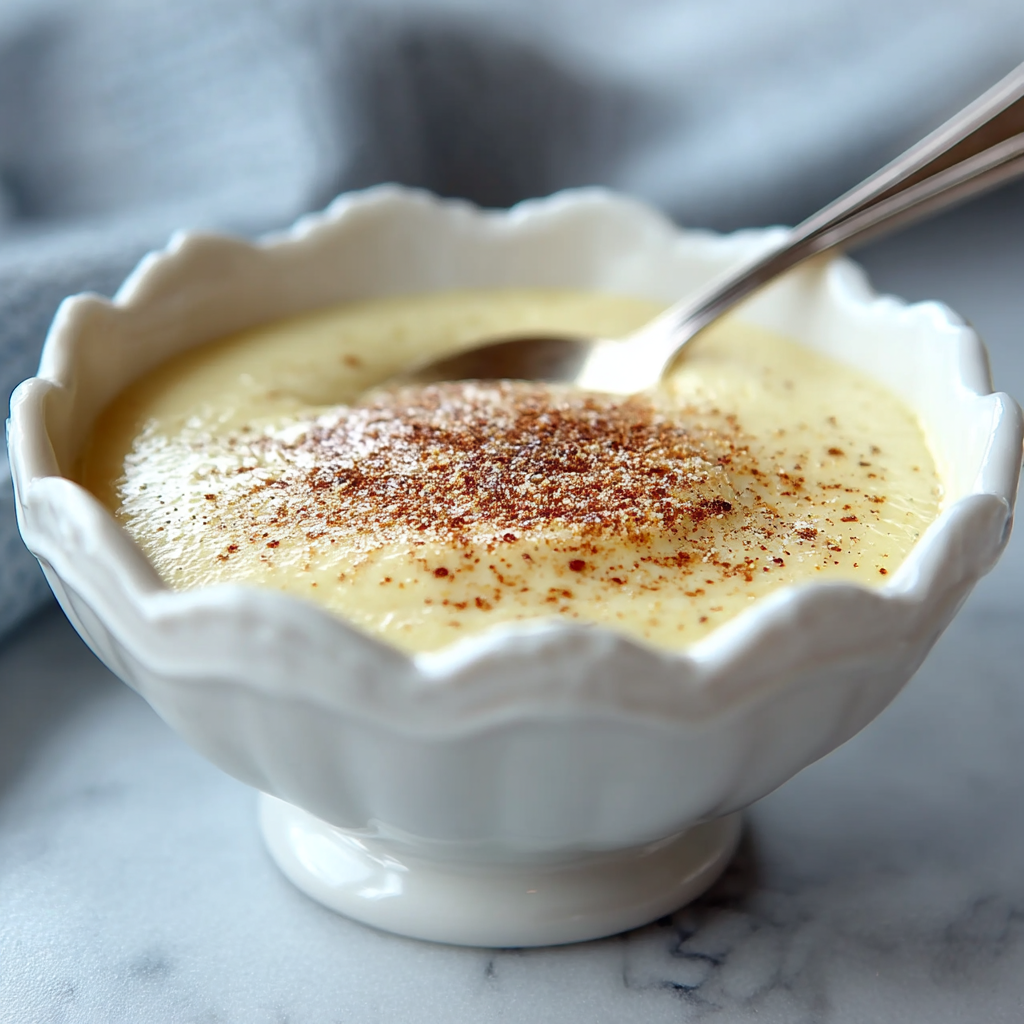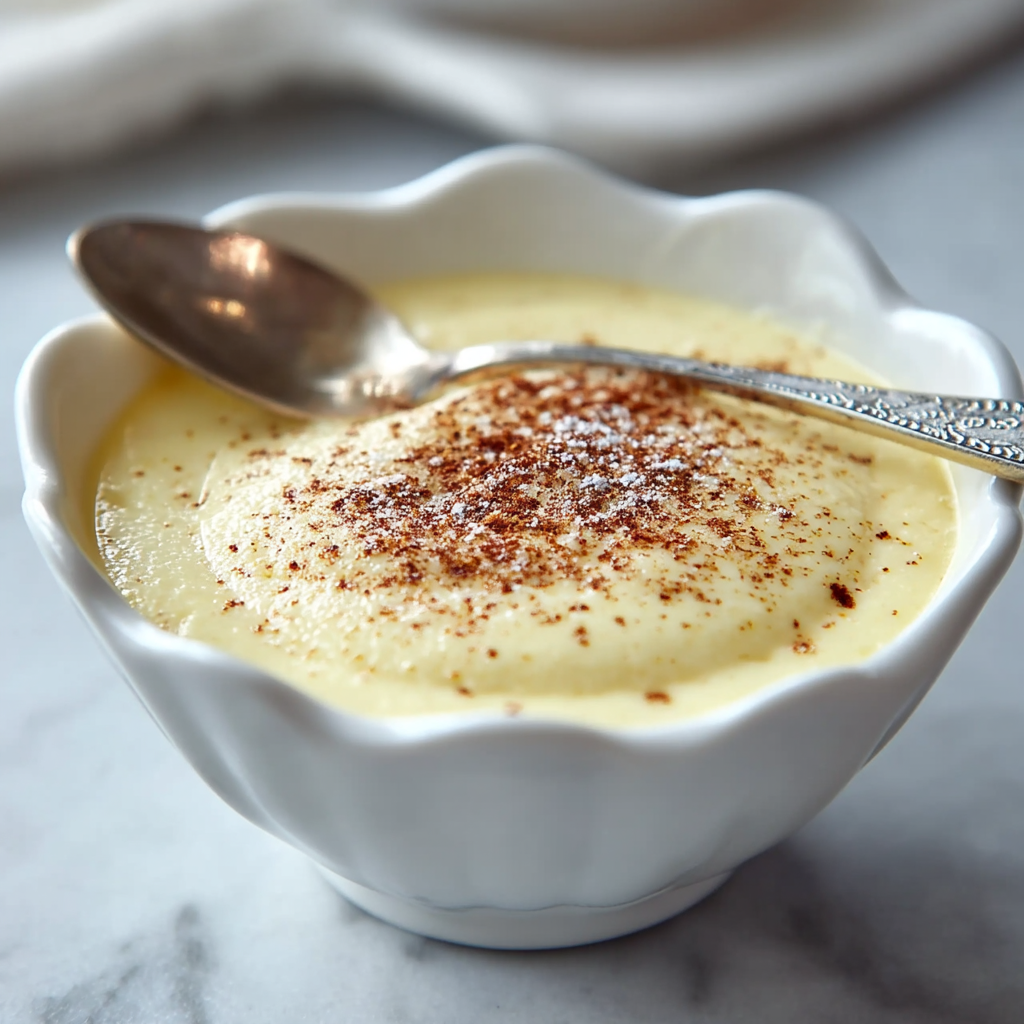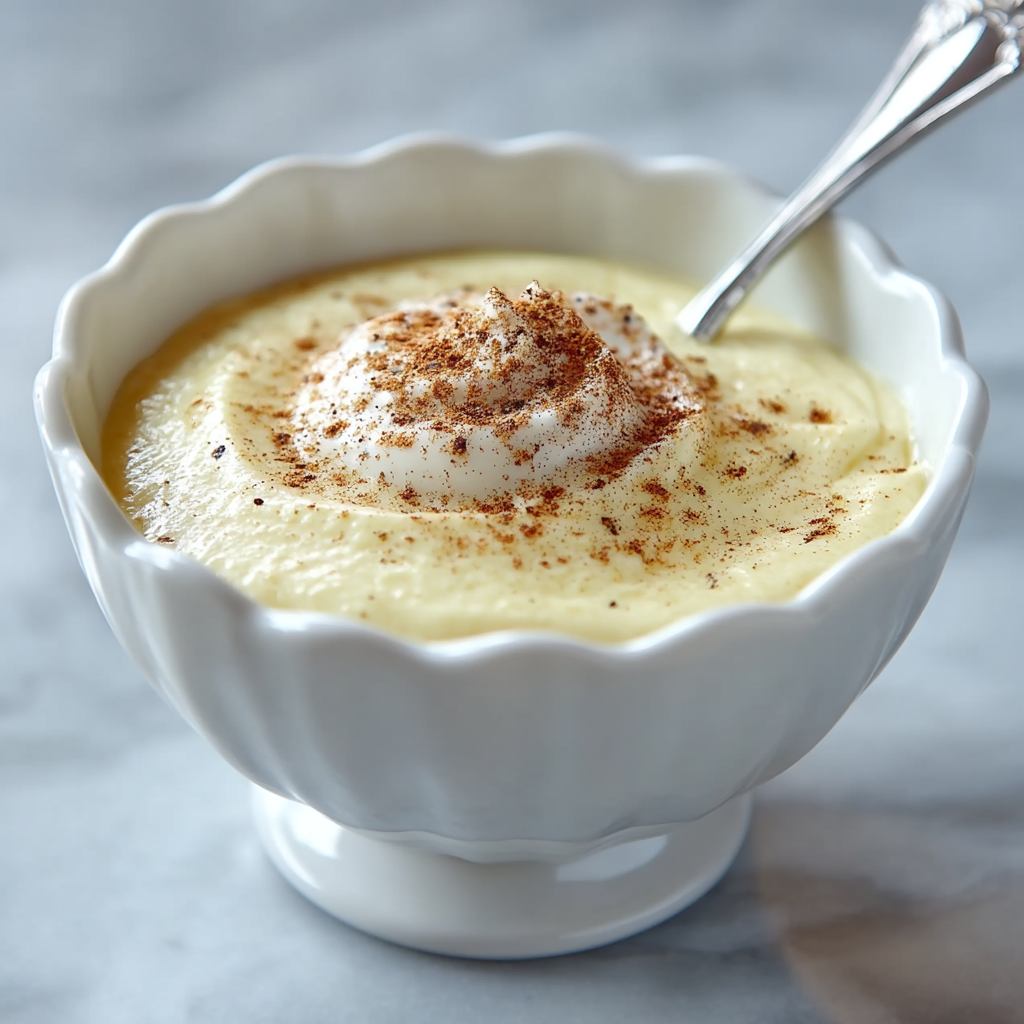1. Introduction to the Recipe
When it comes to bold, zesty flavor with minimal effort, Old Bay Mayonnaise is a secret weapon every home cook should have in their fridge. This creamy condiment takes just five ingredients and a few minutes to make, yet it adds a punch of personality to everything from seafood sandwiches to french fries. If you love the briny snap of pickles, the bite of garlic, and the bright acidity of lemon, all blended into a seasoned mayo base, this is a game-changing recipe to keep on rotation.
At the heart of this spread is Old Bay Seasoning, a legendary spice blend made famous in Maryland’s Chesapeake Bay region. Traditionally used for crab, shrimp, and other seafood, Old Bay is now a cult favorite that enhances everything from popcorn to potato salad. If you’re new to this seasoning, check out this guide to Old Bay Seasoning to learn its history and flavor notes. Or explore this collection of Old Bay recipes to get inspired beyond the spice rack.
What makes Old Bay Mayonnaise so versatile is its balance—rich and creamy from the mayo, tangy from lemon and pickles, savory from garlic, and aromatic from the Old Bay itself. Whether you’re spreading it on a fried fish sandwich, spooning it over grilled corn, or using it as a dip for roasted vegetables, this condiment delivers.
Unlike some more complex aiolis or emulsified sauces, this recipe is quick and foolproof. It doesn’t require a food processor or blender—just a bowl, spoon, and a few minutes of your time. It also holds well in the fridge for several days, so you can make a batch in advance and pull it out anytime you need a quick hit of flavor. And with options for dietary adaptations (vegan mayo, low-sodium, etc.), it’s an inclusive recipe that can work for many needs.
If you’re a fan of condiments with bold personality, or just looking to elevate your burger game, this Old Bay Mayonnaise deserves a spot in your culinary toolbox.
2. Basic Recipe: Ingredients and Instructions
Print
Old Bay Mayonnaise Recipe with Pickle and Garlic
Description
This Old Bay Mayonnaise recipe combines zesty seasoning, pickle, and garlic into a bold, creamy spread you’ll love.
Ingredients
- ⅓ cup mayonnaise
- 2 tablespoons finely chopped dill pickle
- 1 small clove garlic, finely grated
- 1 teaspoon fresh lemon juice
- ½ teaspoon Old Bay Seasoning
Instructions
- Combine all ingredients.
In a small mixing bowl, add the mayonnaise, finely chopped dill pickle, grated garlic, lemon juice, and Old Bay Seasoning. - Mix until well blended.
Stir thoroughly until all ingredients are evenly combined and the color is consistent throughout. - Taste and adjust.
Taste the mayo and adjust seasoning if desired. Add more lemon juice for acidity or more Old Bay for stronger spice. - Let it rest (recommended).
For best flavor, cover and refrigerate for at least 30 minutes before serving. This allows the flavors to meld and the garlic to mellow. - Serve or store.
Use immediately or store in an airtight container in the refrigerator for up to 5 days.
Notes
Use high-quality mayonnaise for best flavor (Duke’s or Hellmann’s work well).
If your pickles are extra juicy, blot them with a paper towel before chopping to avoid thinning the mayo.
For a smoother texture, you can pulse all ingredients in a mini food processor.
Optional add-ins: a pinch of smoked paprika, chopped fresh parsley, or a drop of hot sauce.
3. Advanced Techniques
Using Roasted Garlic for Depth
For a mellow, sweet twist, substitute the raw garlic with roasted garlic. Roast a head of garlic in foil with olive oil at 375°F for about 40 minutes until golden and soft. Mash 1–2 cloves and mix into the mayo. This reduces sharpness and adds a rich, umami background that pairs especially well with seafood or grilled meats. It also keeps the mayo from being too pungent if you’re sensitive to raw garlic.
Homemade Mayo Base for Ultimate Freshness
While store-bought mayonnaise works fine, making your own gives you full control over flavor and texture. Whisk together 1 egg yolk, 1 teaspoon Dijon mustard, and 1 tablespoon lemon juice. Slowly drizzle in ¾ cup neutral oil (like canola or light olive oil) while whisking until emulsified. Then add your seasonings and chopped pickle. Homemade mayo creates a silkier, more luxurious spread with clean flavor and no preservatives.
Chill and Rest for Enhanced Flavor
The flavors in Old Bay Mayonnaise improve dramatically if allowed to rest for 30 minutes or more in the fridge. During this time, the garlic mellows, the seasoning infuses the mayo, and the pickle flavors deepen. If you’re prepping for a party or a cookout, make it a few hours ahead—it will taste even better and be more cohesive in texture.
Creating a Thicker Dipping Sauce
If you want a thicker consistency suitable for dipping (like for sweet potato fries or grilled shrimp), reduce the amount of lemon juice or increase the mayonnaise slightly. You can also add a touch of Greek yogurt or sour cream to thicken and add tang without compromising flavor. Alternatively, whisk in a teaspoon of Dijon mustard for body and sharpness.
Blending with Herbs for a Green Variation
Add a burst of freshness by folding in finely chopped herbs like parsley, dill, or chives. This not only boosts flavor but adds color, transforming it into a herbed aioli-style spread. Fresh dill works particularly well with the pickle and Old Bay combo, while parsley adds grassy brightness. Use immediately after mixing herbs, as they can lose vibrancy if stored too long.

4. Storage, Shelf Life, and Maintenance Tips
Refrigeration Guidelines
Store your Old Bay Mayonnaise in a clean, airtight container in the refrigerator. It will stay fresh for up to 5 days, assuming the mayonnaise used is also within date. Always use a clean spoon to avoid introducing bacteria, which could shorten shelf life.
Avoiding Separation or Watery Texture
Over time, the lemon juice and pickle brine can cause the mayo to thin slightly. To combat this, blot chopped pickles before mixing and don’t overmix once combined. If separation occurs, simply stir well before serving. A touch more mayonnaise can help re-bind the mixture if needed.
Freezing is Not Recommended
Mayonnaise doesn’t freeze well—especially when mixed with acidic ingredients like lemon juice or pickle brine. The emulsion breaks when thawed, resulting in a separated, watery mess. Stick to refrigerator storage and make smaller batches if you don’t plan to use it all quickly.
Reviving Chilled Mayo for Serving
Straight from the fridge, mayo can be stiff or overly cold. Let it sit at room temperature for 5–10 minutes before serving to bring out full flavor and soften texture. Just don’t leave it out too long (more than 2 hours), especially in warm environments.
Batch Prep Tips
If making a large batch for an event, multiply ingredients accordingly and store in multiple small containers instead of one large jar. This prevents repeated exposure to air and contaminants, helping your mayo stay fresher longer. Label with date to track freshness.

5. Dietary Adaptations and Substitutions
Vegan Old Bay Mayonnaise
Use your favorite vegan mayonnaise (such as Just Mayo or Vegenaise) and ensure your pickles and Old Bay Seasoning are also vegan (most are). The rest of the ingredients require no change. The result is a creamy, flavorful, plant-based spread that works perfectly in sandwiches, wraps, or as a dip.
Low-Sodium Version
Old Bay has salt, as do most pickles and mayonnaise. To reduce sodium, choose a low-sodium mayo and look for low-sodium pickles or rinse them before chopping. Use a lighter hand with Old Bay—start with ¼ teaspoon and adjust to taste. Adding lemon zest can boost flavor without extra salt.
Paleo or Whole30 Adaptation
To make this condiment compliant, use a homemade paleo-friendly mayo (made with avocado oil and no added sugars) and ensure your pickles are sugar-free and Whole30-compliant. Skip the garlic if needed or use roasted garlic for a softer profile. Old Bay seasoning can be used in moderation if all components are compliant (watch for anti-caking agents).
Keto-Friendly Variation
This recipe is already keto-friendly—low in carbs and high in fat. Just verify your pickles and mayonnaise have no hidden sugars or starches. If needed, swap out dill pickles for keto-approved gherkins. You can also add a few drops of MCT oil to increase fat content for those tracking macros.
Egg-Free Version
If you’re avoiding eggs, use an egg-free mayo alternative made from aquafaba or soy protein (many brands now offer this). The rest of the ingredients stay the same. The result is a spread with the same bold flavor but without any egg-based emulsifiers.

6. FAQs About the Recipe
Can I use sweet pickles instead of dill?
You can, but it will significantly alter the flavor. Sweet pickles introduce sugar, which can conflict with the savory, spiced flavor of Old Bay. If you prefer a sweet-tangy combo, try half dill and half sweet pickles first, then adjust to taste.
What can I serve this mayo with?
Old Bay Mayonnaise pairs beautifully with crab cakes, shrimp, fried fish, or lobster rolls. It also shines on burgers, sandwiches, or as a dip for roasted vegetables, French fries, or fried green tomatoes. It’s even great spread on grilled corn or in deviled eggs for a zesty twist.
Can I make it spicy?
Absolutely. Add a dash of hot sauce (like Tabasco or Frank’s), a pinch of cayenne, or even minced jalapeños for a spicy version. Adjust the heat to your liking. Old Bay has a touch of heat already, but adding more can enhance it significantly.
How long does it last in the fridge?
Stored properly in an airtight container, it lasts up to 5 days in the refrigerator. The flavor may intensify over time, so taste before serving. Always use a clean utensil to avoid contamination.
Can I double or triple the recipe?
Yes, this recipe scales up easily. Just multiply the ingredients proportionally and taste as you go. When scaling, mixing in a larger bowl or food processor can ensure even distribution of flavors.

7. Conclusion & Final Thoughts
In the world of condiments, few are as packed with personality as Old Bay Mayonnaise. With just a handful of pantry and fridge staples, you can whip up a creamy, tangy, and savory spread that punches well above its weight in flavor. It’s a perfect mash-up of creamy mayo, zesty pickle, bright lemon, bold spice, and aromatic garlic—ingredients that many of us already have on hand.
This isn’t your average flavored mayo. It’s sharp enough to stand up to fried fish, complex enough to layer onto burgers, and mellow enough to double as a dip for fries or roasted veggies. With a total prep time under 10 minutes, it’s also one of the easiest ways to elevate any dish that could use a hit of acidity and umami.
What makes it really stand out is its versatility. You can tweak it to fit dietary needs (vegan, keto, low-sodium), you can adjust flavor intensity, and you can prep it ahead to let the ingredients mingle into something truly crave-worthy. Unlike store-bought condiments, you control every ingredient—no preservatives, no hidden sugars, just bold, fresh flavor.
Perfect for picnics, seafood boils, grilled dinners, or even as a last-minute addition to sandwiches, this Old Bay Mayonnaise deserves to become a fridge staple. Whether you spoon it, smear it, or dip into it, every bite offers something zesty, creamy, and memorable.
So grab that Old Bay from the spice rack, and let’s make mayo magic happen.
